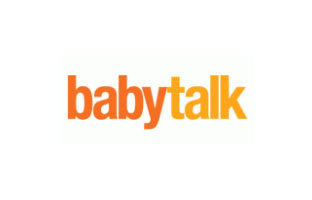Does your baby have a flat spot on the side or back of this head? The medical terms for these conditions are plagiocephaly and brachycephaly. Positional plagiocephaly means “oblique head.” When baby’s head is viewed from above, the shape of the head has a parallelogram appearance. This is caused by pressure that has occurred to one side of baby’s head. Positional brachycephaly happens when a baby has spent to much time positioned on his back, often lying against a plastic surface, such as a carseat. The pressure from prolonged positioning like this causes the back of the head to flatten unevenly, resulting in a short and wide head shape. The height of the back of the head may also be high.
Flat spots on the head occur because the skull bone of an infant is soft and flexible, allowing for the brain growth that happens early in life. When a baby stays one position for too long with her head resting against a firm surface, the pressure from that surface prevents the skull from developing into a normal shape.
In some cases, babies prefer sleeping or sitting with their head turned in one direction, because of tight muscles on one side of the neck. When a baby spends too much time with his head turned to one side, he can also develop acquired torticollis. In this condition, the neck muscles shorten on one side due to the position of the head. Baby’s neck turns in a twisted position and pulls his head to one side. His chin typically points to the other side. Torticollis contributes to flat head syndrome because baby’s head is typically turned in the same direction, and causes pressure against the side of the head. Acquired torticollis can be treated with stretching exercises from a physical or occupational therapist in conjunction with a home program carried out by the parents. If you suspect your infant has torticollis, consult with your pediatrician immediately. If your physician has ordered therapy for torticollis and you live in the Memphis, Tennessee area, feel free to contact me about torticollis therapy treatment.
For information about therapy services for an infant who has acquired torticollis, click HERE, then click on the contact tab in the upper right hand corner of the page.
 This is a nice position for holding your baby, and it takes pressure off of the head.
This is a nice position for holding your baby, and it takes pressure off of the head.








